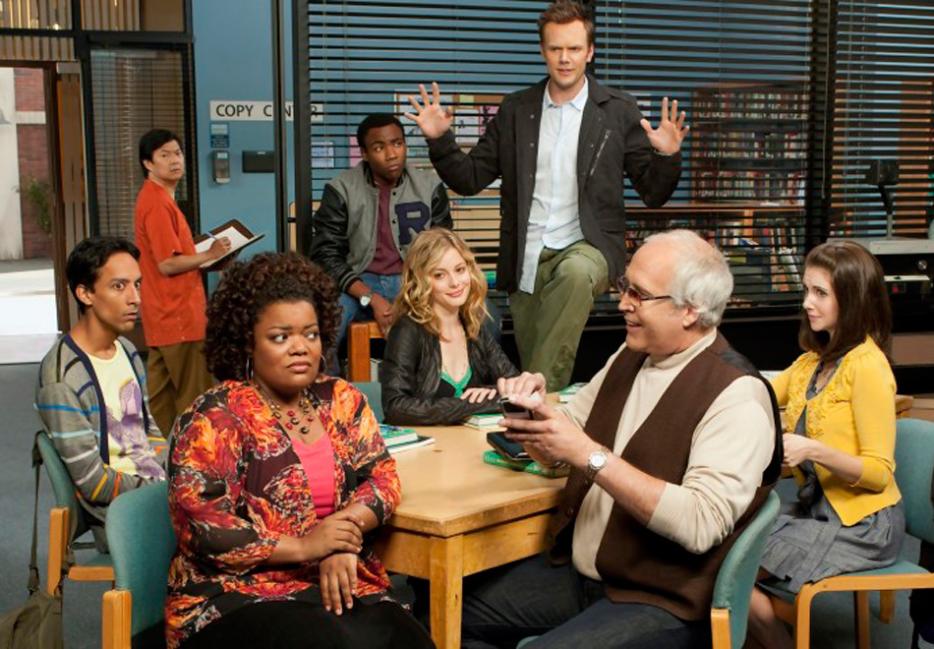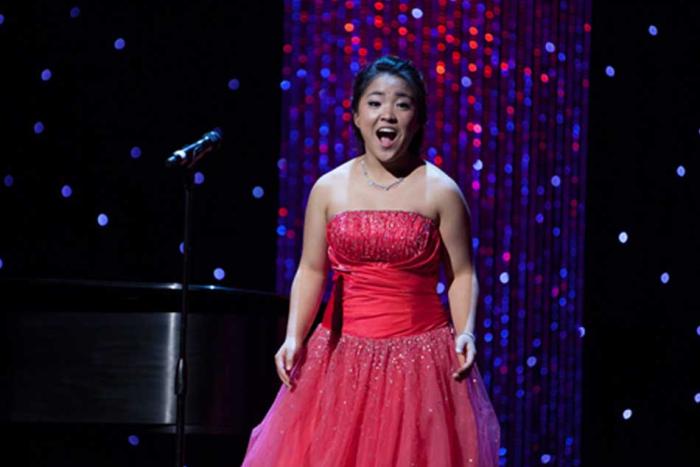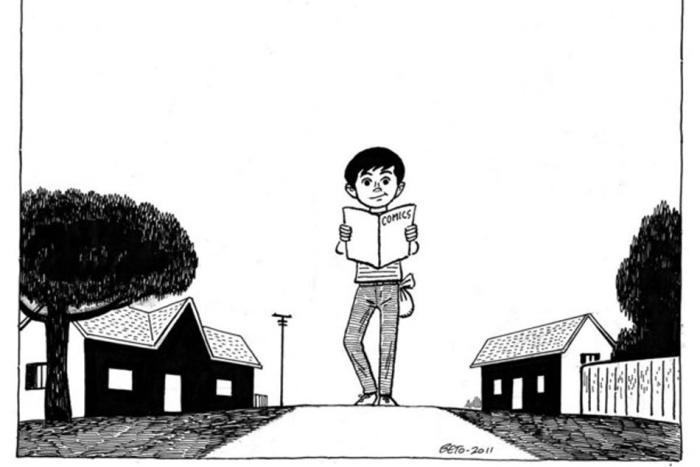The title of Community’s fourth-season (and probable series) finale, “Advanced Introduction to Finality,” pretty much sums up the absurdity of the show’s last year of existence. Having lost its creator, a notoriously cranky ensemble member and even its original start date, it has muddled its way through a dozen episodes of solid comedy that feel at times like an alternate-universe version of the show, or at least one more concerned with palpability than following its bizarre whims as far as possible.
So if “Introduction to Finality,” the season three closer, was about bidding adieu to the show as creator Dan Harmon conceived it, the fourth season as a whole has often felt like a chance to drift away from the show on the viewer’s own terms—the finality of having something taken away versus the finality of giving it away. This isn’t to say Community has been bad, exactly, but it’s been markedly different: less anarchic, less idiosyncratic, more of a standard sitcom in oddball clothes than a piece of esoteric art snuck through the network’s gate.
Both shows are essentially heightened versions of the well-established sitcom ensemble formula, and their ensembles even have odd concordances: original and honest takes on what were previously stereotypes (the engagingly autistic Abed, and Max, maybe the most honest gay sitcom character ever), openly effeminate black men (Troy, Brad), high-strung alpha females (Annie, Jane) and reliably batty blondes (Britta, Alex). They both tend to keep long-term story arcs mostly on the back-burner (as opposed to, say, Parks & Recreation or New Girl) and make sure things work out for their characters with a minimum of fuss. And they also both have a tendency to make puns out of semi-famous names.
But while Happy Endings might actually be the funnier show on a minute-by-minute basis—it is downright 30 Rock-ian in the quickness and openness of its wit—it is essentially indifferent to its audience: it wants to make it laugh, and sometimes a bit moved, but it never winks or waves at it, never tries to flatter its knowledge of the show, never even really acknowledges that it’s there. It is just a remarkably well-crafted show, and seems to think that is enough.
To a degree, this is just a measure of the shows’ relative postmodernity, although it seems to me to go beyond that: Community is acknowledging its artifice, yes, but more to the point it is coaxing its audience in, not so much breaking down the fourth wall as building it around them, making them an integral part of its world. Happy Endings can be self-aware, but it is rarely if ever viewer-aware.
When it comes to watching individual episodes, I don’t know that this matters: craft is always the primary concern, and neither show would have lasted even this long if they weren’t sharp enough to pique someone’s interest. But for shows that are unlikely to crack mainstream consciousness—you’ll forgive me for taking this as a sign of quality in the era of The Big Bang Theory—there is a significant difference between a fan who feels like a part of the conversation and a fan who just laughs: it isn’t just a sense of humour that gets you a Netflix revival six hours later.






